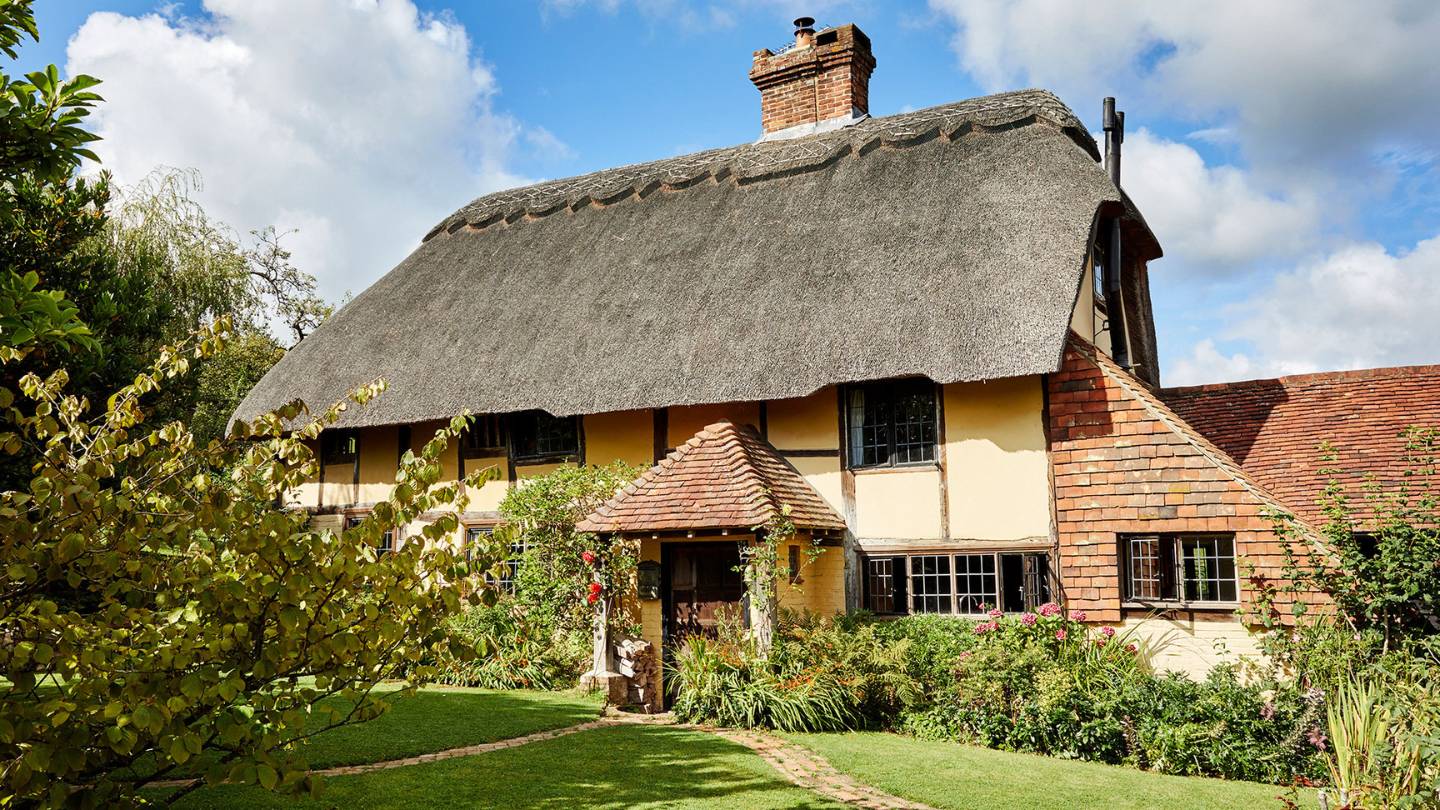

Articles
What Is A Thatched Roof
Modified: January 5, 2024
Discover the beauty and benefits of a thatched roof with our informative articles. Learn everything you need to know about this traditional roofing style and find inspiration for your own home.
(Many of the links in this article redirect to a specific reviewed product. Your purchase of these products through affiliate links helps to generate commission for Storables.com, at no extra cost. Learn more)
Introduction
Thatched roofs are a charming and traditional roofing method that have been used for centuries. They are typically associated with rural and historical buildings, evoking a sense of nostalgia and rustic beauty. Thatched roofs are constructed using layers of dried vegetation, such as straw, reeds, or grass, which are carefully arranged to create a weatherproof and durable covering for a building.
Throughout history, thatched roofs have been widely utilized around the world due to their abundance of natural resources and their ability to provide excellent insulation. Although their popularity declined with the advent of more modern roofing materials, there has been a resurgence of interest in thatched roofs in recent years as homeowners seek unique and eco-friendly alternatives.
This article will delve into the history of thatched roofs, explore the construction process, discuss the materials used, examine the advantages and disadvantages, provide maintenance tips, and explore the cultural significance of this roofing style. We will also showcase some stunning examples of thatched roofs from different parts of the world.
Key Takeaways:
- Thatched roofs are not just a roofing method; they embody rich history, cultural significance, and a connection to nature, providing functional shelter and contributing to the aesthetic appeal and cultural identity of the communities they adorn.
- From the enchanting thatched cottages of rural England to the serene alang-alang roofs of Bali, each region’s distinctive style and materials reflect local environment and traditions, showcasing the enduring allure and timeless beauty of thatched roofs.
Read more: How To Install Chimney Thatched Roof
History of Thatched Roofs
The use of thatched roofs dates back thousands of years and can be traced to various ancient civilizations around the globe. The earliest evidence of thatched roofs comes from archaeological excavations in Europe, Asia, and Africa.
In Europe, thatched roofs were commonly used during the Neolithic period, around 5000 BCE. The canopy-like structure of thatched roofs provided protection from the elements and allowed early humans to establish settlements. As time went on, different regions developed their own techniques for thatching roofs, using locally available materials such as straw, reeds, heather, or even seaweed.
In ancient Egypt, th
Construction of a Thatched Roof
The construction of a thatched roof involves several steps that require skill and precision. While the exact process may vary depending on the region and materials used, the fundamental principles remain relatively consistent.
1. Frame Preparation:
Before the thatching process begins, a sturdy and well-structured roof frame must be in place. This typically consists of timber rafters and beams that provide the framework for the thatch to be attached to. The frame needs to be strong enough to support the weight of the thatch while ensuring proper drainage.
2. Layering the Roof:
The first layer of the roof is usually made up of a thin cover of water reed or other suitable materials. This layer acts as a base and helps to even out the surface before the main thatch is added. It also provides additional protection against wind and rain.
3. Thatching:
The main thatching material, which can be straw, water reed, or other suitable vegetation, is then attached to the roof frame. Thatchers carefully layer the material, working from the bottom to the top, using a combination of techniques such as “legging in” or weaving the stems together. The thatch is generally laid at an angle to allow for water runoff and prevent pooling.
4. Comb and Ridge:
Once the main thatch layer is complete, a comb or ridge is constructed along the roof’s apex. This process involves carefully aligning and bundling a thicker layer of thatch to create a waterproof ridge. The comb also helps to stabilize the thatch and give the roof its distinctive aesthetic appeal.
5. Finishing Touches:
After the thatching is complete, the roof is often trimmed and shaped to achieve a neat and uniform appearance. Some thatched roofs are decorated with decorative elements or tied off with cords to further enhance their visual appeal.
It is important to note that thatching requires regular maintenance and repair over time. Periodic re-thatching is necessary as the material naturally degrades and settles. It is crucial to enlist the services of experienced thatchers who can assess the condition of the roof and carry out any necessary repairs to ensure its longevity.
Materials Used in Thatched Roofing
Thatched roofs are primarily constructed using natural materials that are readily available in the local environment. The choice of materials can vary depending on factors such as climate, availability, and cultural traditions. Here are some common materials used in thatched roofing:
1. Straw:
Straw is one of the most commonly used thatching materials worldwide. It is readily available, lightweight, and has good water-shedding properties. Different types of straw, such as wheat straw, rye straw, or rice straw, may be used depending on the region.
2. Water Reed:
Water reed, also known as Norfolk reed, is a highly durable and waterproof material often used in thatching. It is a versatile material that can be harvested from freshwater or estuarine environments. Water reed provides excellent insulation and can last for several decades if properly maintained.
3. Long Straw:
Long straw thatching involves using whole straw stems rather than threshed straw. This creates a distinctively textured and rustic look. Long straw thatching is commonly found in parts of the United Kingdom and is known for its durability.
4. Heather:
In areas where traditional thatching materials are scarce or unavailable, heather may be utilized. Heather thatching is prevalent in parts of Scotland and Ireland. Heather stems can be bundled together tightly to form a waterproof layer.
5. Palm Leaves:
In tropical regions, palm leaves are often used for thatched roofs. Palm leaves are durable, flexible, and provide excellent protection against heat and heavy rain. They are commonly used in areas of Southeast Asia, Africa, and South America.
6. Seagrass:
Seagrass thatching is popular in coastal regions and islands. Seagrass is a renewable resource that is resistant to saltwater and can withstand harsh coastal conditions. It is known for its attractive golden color and longevity.
When selecting the thatching material, factors such as climate, aesthetics, and local traditions should be taken into consideration. It is crucial to choose high-quality materials and work with experienced thatchers who have knowledge of the specific material properties and installation techniques.
Pros and Cons of Thatched Roofs
Thatched roofs offer a unique and charming aesthetic to any building, but they also come with both advantages and disadvantages. Understanding the pros and cons of thatched roofs can help homeowners make an informed decision. Here are some key points to consider:
Read more: How Long Does A Thatch Roof Last
Pros:
1. Natural Insulation:
Thatched roofs provide excellent insulation, keeping buildings cool in the summer and warm during the winter. The dense layers of thatch trap air and prevent heat transfer, resulting in energy savings and improved comfort indoors.
2. Eco-Friendly:
Thatched roofs are environmentally friendly as they are made from natural and renewable materials. Unlike conventional roofing materials, the production and disposal of thatched roofs have a minimal environmental impact.
3. Aesthetic Appeal:
Thatched roofs have a distinctive and timeless appearance that adds character and charm to a building. They are often associated with traditional or rural architecture, evoking a sense of history and heritage.
4. Longevity:
Well-maintained thatched roofs can have a long lifespan, with some lasting up to 50 years or more. Regular maintenance and occasional re-thatching ensure the roof remains in good condition, providing lasting protection for the building.
5. Sound Insulation:
The dense layers of thatch absorb sound, creating a quiet and peaceful atmosphere inside the building. This can be particularly beneficial for those living in noisy areas or seeking a serene living environment.
Cons:
1. Fire Risk:
One of the main concerns with thatched roofs is their susceptibility to fire. Thatch is highly flammable, and a fire can spread rapidly once ignited. However, with proper precautions such as installing fire barriers and using fire-resistant treatments, the risk can be minimized.
2. Cost and Maintenance:
Thatched roofs can be more expensive to install initially compared to other roofing materials. They also require regular maintenance and occasional re-thatching, which can add to the overall cost over time.
3. Limited Availability:
Finding experienced thatchers and high-quality thatching materials can be challenging, especially in areas where the tradition of thatched roofs has declined. This can potentially lead to higher costs and longer wait times for installation or repairs.
4. Pests and Decay:
Thatched roofs are susceptible to pests such as birds or insects that may damage the thatch or create nests. Additionally, if the thatch is not properly maintained, it can be prone to decay and rot.
Overall, while thatched roofs offer a range of advantages such as natural insulation, eco-friendliness, and timeless beauty, they also come with considerations such as fire risk, maintenance costs, and limited availability. It is important to weigh these factors and consider local regulations and conditions when deciding whether a thatched roof is the right choice for a particular building.
Maintaining a Thatched Roof
Maintaining a thatched roof is essential to ensure its longevity and performance. Regular care and preventative measures can help minimize the risk of damage and keep the roof in good condition. Here are some tips for maintaining a thatched roof:
1. Regular Inspections:
Regularly inspect the thatched roof to identify any signs of damage, such as loose or missing thatch, birds’ nests, or signs of decay. Inspections should be done at least once a year or after severe weather events.
2. Clear Debris:
Remove any debris, leaves, or moss that may accumulate on the roof as they can trap moisture and accelerate decay. Use a soft brush or leaf blower to gently clean the surface, avoiding any aggressive brushing that could damage the thatch.
3. Repair Damaged Areas Promptly:
If any damage or deterioration is discovered during inspections, it is essential to address it promptly. Loose or missing thatch should be repaired or replaced as soon as possible to prevent further damage and maintain the waterproofing of the roof.
4. Maintain Gutters and Drainage:
Ensure that gutters and downspouts are clear of debris to allow for proper drainage. Clogged gutters can cause water to accumulate on the roof, leading to moisture damage and encouraging the growth of moss or algae.
5. Fire Safety:
Take precautions to reduce the risk of fire. Install fire barriers, such as fire-resistant underlays or boards, at the ridge and other vulnerable areas. Keep chimneys and flues regularly inspected and cleaned to prevent the buildup of combustible materials.
6. Apply Fire Retardants:
Consider applying fire retardant treatments to the thatch to provide an extra layer of protection against fire. Consult with professionals experienced in thatched roof maintenance to determine the most suitable fire retardant products.
7. Maintain Ventilation:
Ensure that the roof has proper ventilation to prevent moisture buildup. Good airflow helps to dry out any dampness and prolong the lifespan of the thatch. Consult with experts to determine the appropriate level of ventilation for your specific roof structure.
8. Professional Maintenance:
Engage experienced and qualified thatchers for regular maintenance and re-thatching when necessary. They have the expertise to assess the condition of the roof and carry out repairs or re-thatching to maintain the integrity of the structure.
Remember that proper maintenance is crucial to the performance and longevity of a thatched roof. Regular inspections, prompt repairs, and adherence to fire safety measures will help preserve the roof’s beauty and ensure its protection for years to come.
When maintaining a thatched roof, it’s important to regularly check for any signs of wear or damage, such as loose or missing thatch. Repairing these issues promptly can help prolong the life of the roof.
Cultural Significance of Thatched Roofs
Thatched roofs hold deep cultural significance in various parts of the world, representing a connection to heritage, tradition, and a way of life. They are not just functional structures but are woven into the fabric of communities and play a significant role in cultural practices and identity. Here are some aspects showcasing the cultural significance of thatched roofs:
1. Historical Heritage:
Thatched roofs are often associated with historical architecture, reflecting the building methods and traditions of the past. They serve as a reminder of cultural heritage and can be found on historic buildings and landmarks, attracting tourists and preserving architectural history.
2. Sustainability and Local Resources:
Thatched roofs highlight the sustainable use of natural resources available in the local environment. Different regions use locally sourced materials such as straw, reeds, or grass, showcasing the reliance on indigenous resources for construction and the adaptation to local climates and conditions.
3. Cultural Identity:
In many communities, thatched roofs are part of the identity and cultural fabric. They represent a sense of place and belonging, symbolizing the local traditions and customs. Thatched roofs are often depicted in artwork, folklore, and literature, further emphasizing their cultural importance.
4. Traditional Craftsmanship:
Thatching is a skilled craft that has been passed down through generations. The knowledge and techniques involved in thatching are often closely guarded and transmitted within families or specific communities. The craftsmanship and expertise required for thatching are valued, contributing to the preservation of traditional skills.
5. Symbolism and Spirituality:
In certain cultures, thatched roofs hold spiritual or symbolic significance. They may be associated with concepts such as protection, unity, or fertility. Thatched structures, such as temples or ceremonial buildings, are often constructed to honor cultural or religious traditions, emphasizing the spiritual importance of these roofs.
6. Community Engagement:
Thatched roofs often bring communities together through communal thatching events. These gatherings involve neighbors, friends, and skilled thatchers working collaboratively on a project. It fosters a sense of community spirit, encouraging social bonds and strengthening relationships within the community.
7. Celebrations and Festivals:
In some regions, thatched roofs are celebrated during specific festivals or events. Thatching competitions, exhibitions, or demonstrations may take place to showcase the craftsmanship and cultural significance of these roofs. These events not only educate the public about thatching but also serve as a platform for cultural exchange and appreciation.
Thatched roofs are more than just architectural features; they represent cultural heritage, craftsmanship, and a sense of cultural identity. They capture the essence of communities and their connection to the past, reminding us of the rich cultural tapestry that is woven into the roofs above our heads.
Read more: What Is Grass Thatch
Examples of Thatched Roofs Around the World
Thatched roofs can be found in various parts of the world, each with its own unique style and cultural influence. These roofs not only provide functional shelter but also contribute to the visual beauty and charm of the surrounding landscapes. Here are some notable examples of thatched roofs from different regions:
1. England:
England is renowned for its picturesque thatched cottages with their steeply pitched roofs. The counties of Devon, Dorset, and Somerset are particularly famous for their traditional thatched houses, which are often adorned with colorful cottage gardens. Places like the village of Chipping Campden in the Cotswolds showcase the quintessential beauty of thatched roofs in an idyllic English countryside setting.
2. Japan:
In Japan, the traditional thatched roofs known as “kayabuki” can be seen in areas like Shirakawa-gō and Gokayama. These roofs are made using straw and are characterized by their steep angles, which prevent the accumulation of snow during the winter months. The thatched roofs blend harmoniously with the surrounding natural landscapes and are part of UNESCO World Heritage Sites.
3. Bali, Indonesia:
Bali is known for its distinctive thatched roofs seen in traditional Balinese architecture. The roofs, known as “alang-alang,” are made from dried grass or reeds and are commonly used in the construction of traditional Balinese houses, temples, and pavilions. The thatched roofs contribute to the island’s tropical aesthetic and cultural identity.
4. Africa:
In many African countries, such as Kenya, Tanzania, and Mozambique, thatched roofs are prevalent in rural areas. The roofs are typically made using grass or reeds and are an integral part of traditional African architecture. The thatched roofs provide natural cooling and are well suited to the African climate.
5. The Maldives:
In the Maldives, the traditional thatched roofs known as “ali” can be seen on the island resorts. These roofs are crafted using dried palm leaves and are an iconic feature of the Maldivian architecture. The thatched roofs give the resorts a tropical and luxurious ambiance.
6. Cape Winelands, South Africa:
The Cape Winelands region in South Africa is famous for its thatched roof buildings, particularly in towns such as Stellenbosch and Franschhoek. These roofs often crown Cape Dutch-style houses and add a touch of charm to the wine estates and vineyard landscapes of the area.
These examples represent just a fraction of the diverse range of thatched roofs found worldwide. From the quaint cottages in England to the exotic elegance of Bali’s alang-alang roofs, each region contributes its own cultural and architectural traditions to the distinctive beauty of thatched roofs.
Conclusion
Thatched roofs are more than just a roofing method; they embody a rich history, cultural significance, and a connection to nature. Found in various corners of the world, these roofs provide not only functional shelter but also contribute to the aesthetic appeal and cultural identity of the communities they adorn.
From the steeply pitched thatched cottages of England to the graceful kayabuki roofs in Japan, each region has its own distinctive style and materials that reflect the local environment and traditions. Thatched roofs have stood the test of time, providing natural insulation, sustainability, and a visual charm that is hard to replicate with other roofing materials.
Despite their many advantages, thatched roofs require regular maintenance and attention to ensure their longevity. Regular inspections, prompt repairs, and adherence to fire safety precautions are essential to ensure the roof’s performance and minimize potential risks.
Thatched roofs also hold cultural significance, representing historical heritage, traditional craftsmanship, and cultural identity. They are an integral part of local customs, folklore, and celebrations, symbolizing a connection to the past and fostering a sense of community and pride.
Whether it’s the enchanting thatched cottages of rural England, the serene alang-alang roofs of Bali, or the rustic charm of African thatched huts, these roofs captivate the imagination and transport us to a bygone era. They remind us of our link to nature, the importance of sustainable practices, and the value of preserving cultural traditions.
In a world where modernization often overshadows tradition, the enduring allure of thatched roofs stands as a testament to the timeless beauty of the natural world and our deep-rooted connection to it.
So, whether you find yourself marveling at a thatched roof in a quaint village or dreaming of creating your own cozy cottage, let the charm and cultural significance of thatched roofs inspire you to appreciate the beauty and heritage that surrounds us.
Frequently Asked Questions about What Is A Thatched Roof
Was this page helpful?
At Storables.com, we guarantee accurate and reliable information. Our content, validated by Expert Board Contributors, is crafted following stringent Editorial Policies. We're committed to providing you with well-researched, expert-backed insights for all your informational needs.
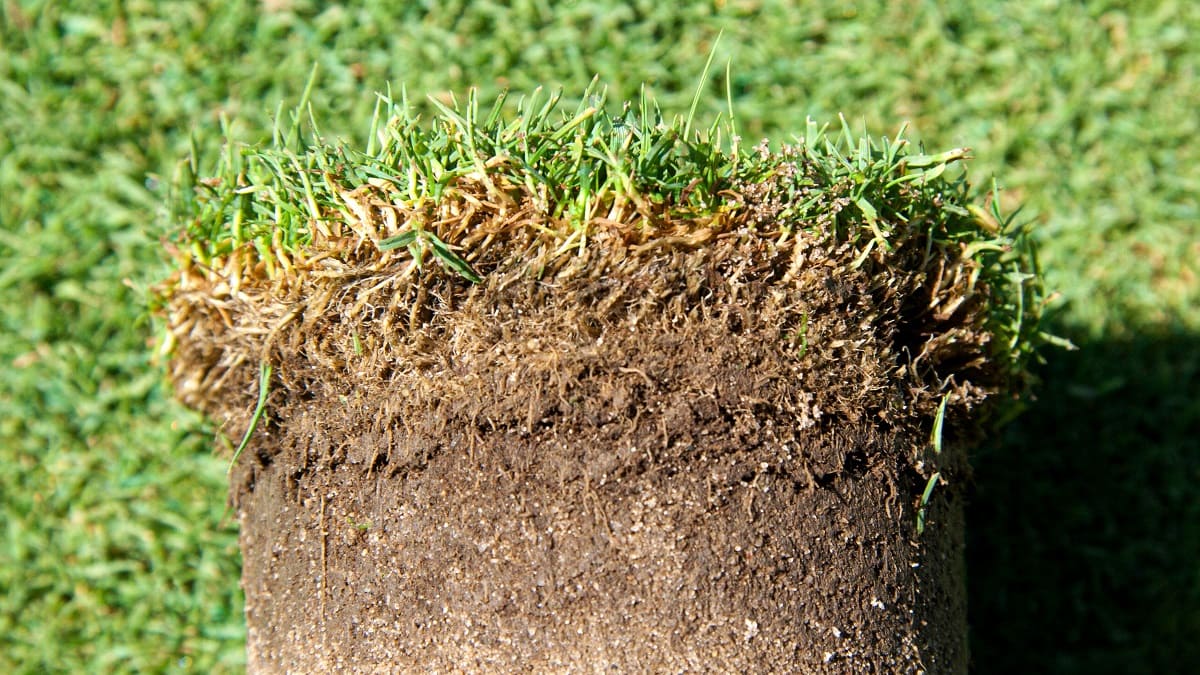
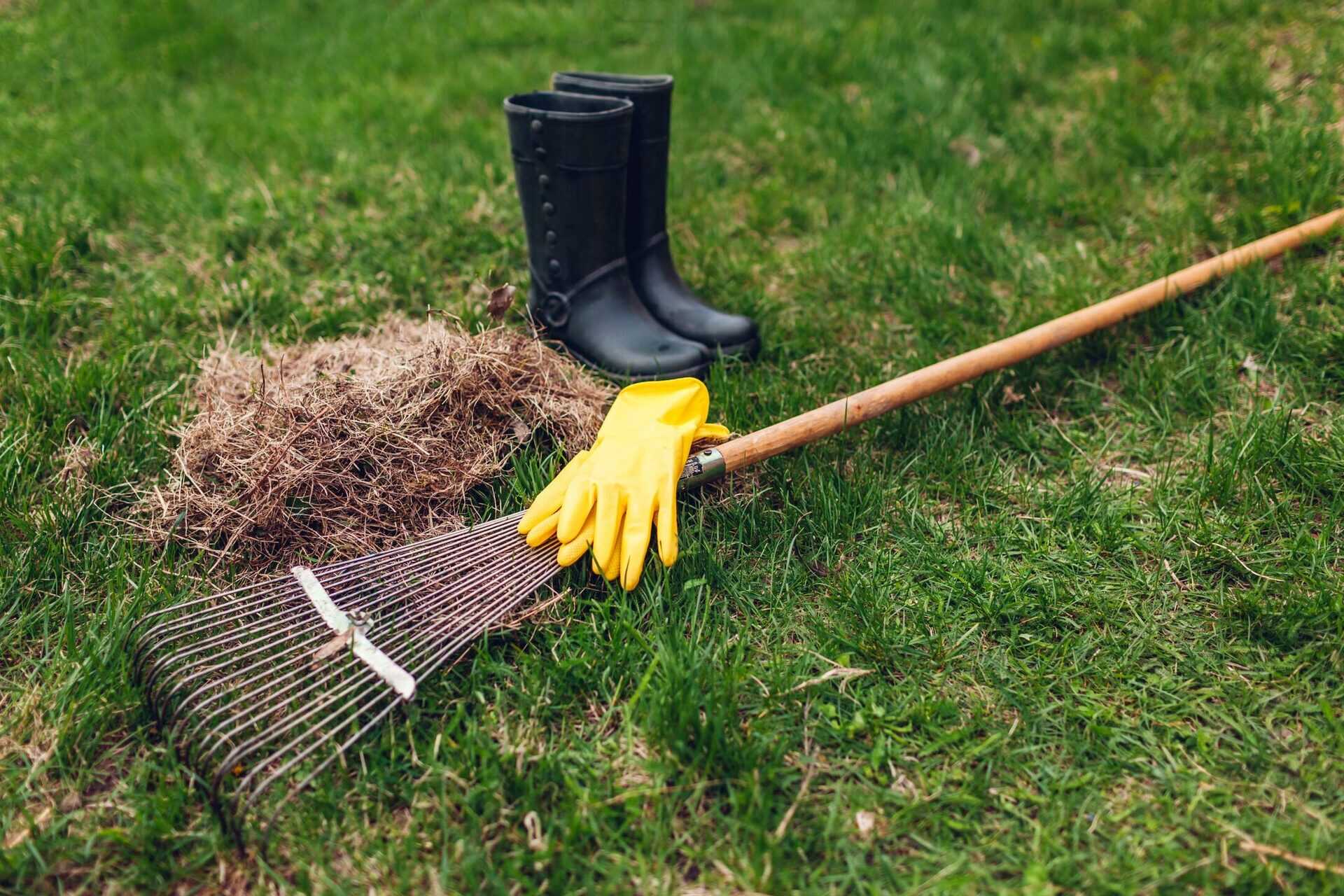
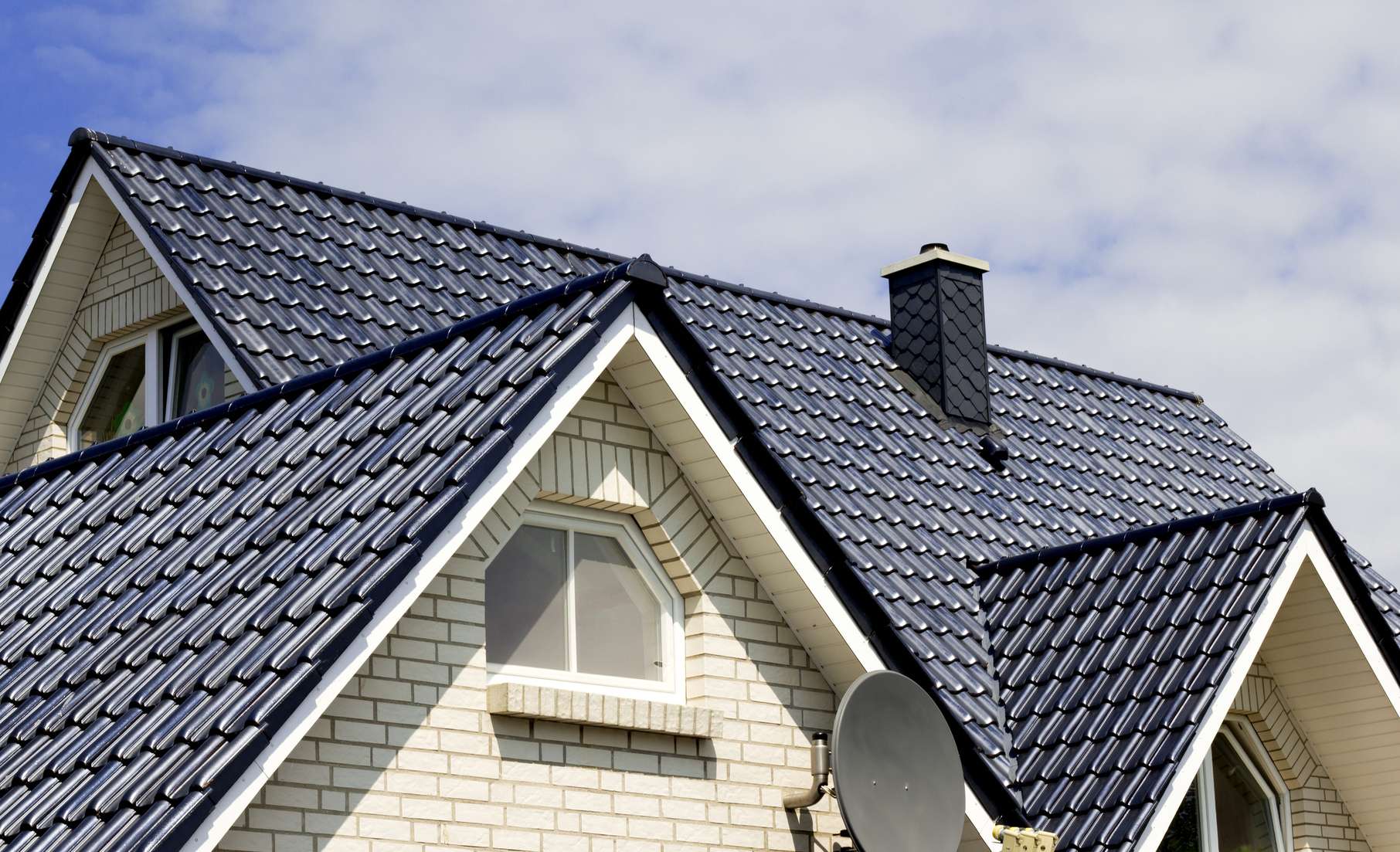
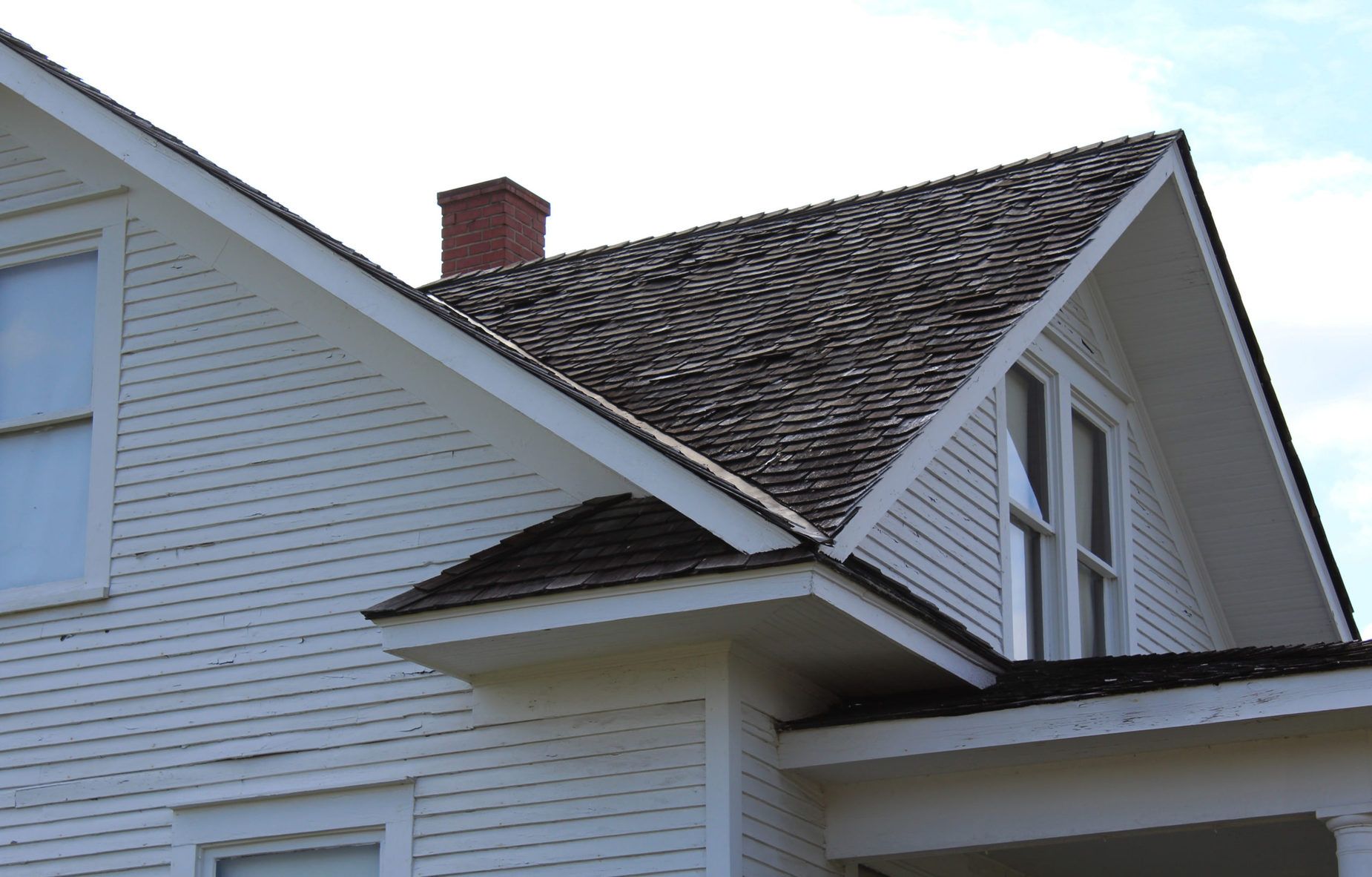
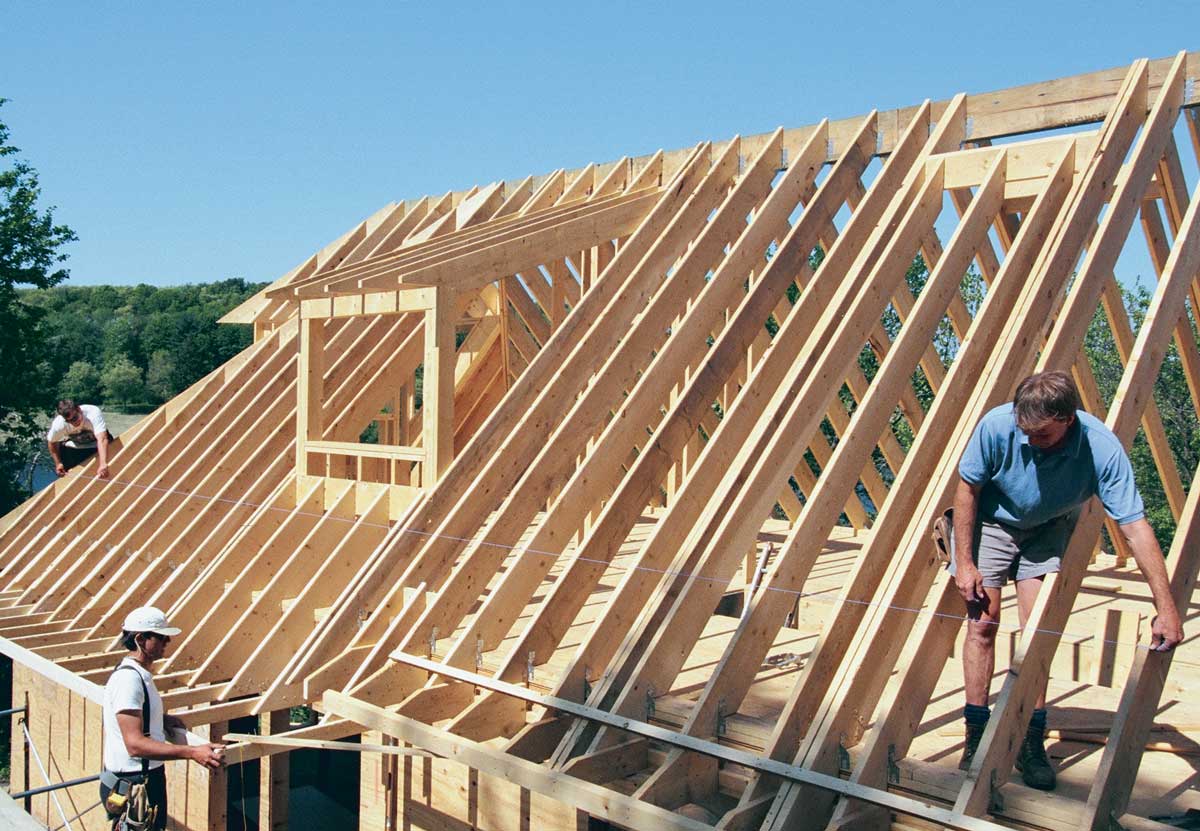
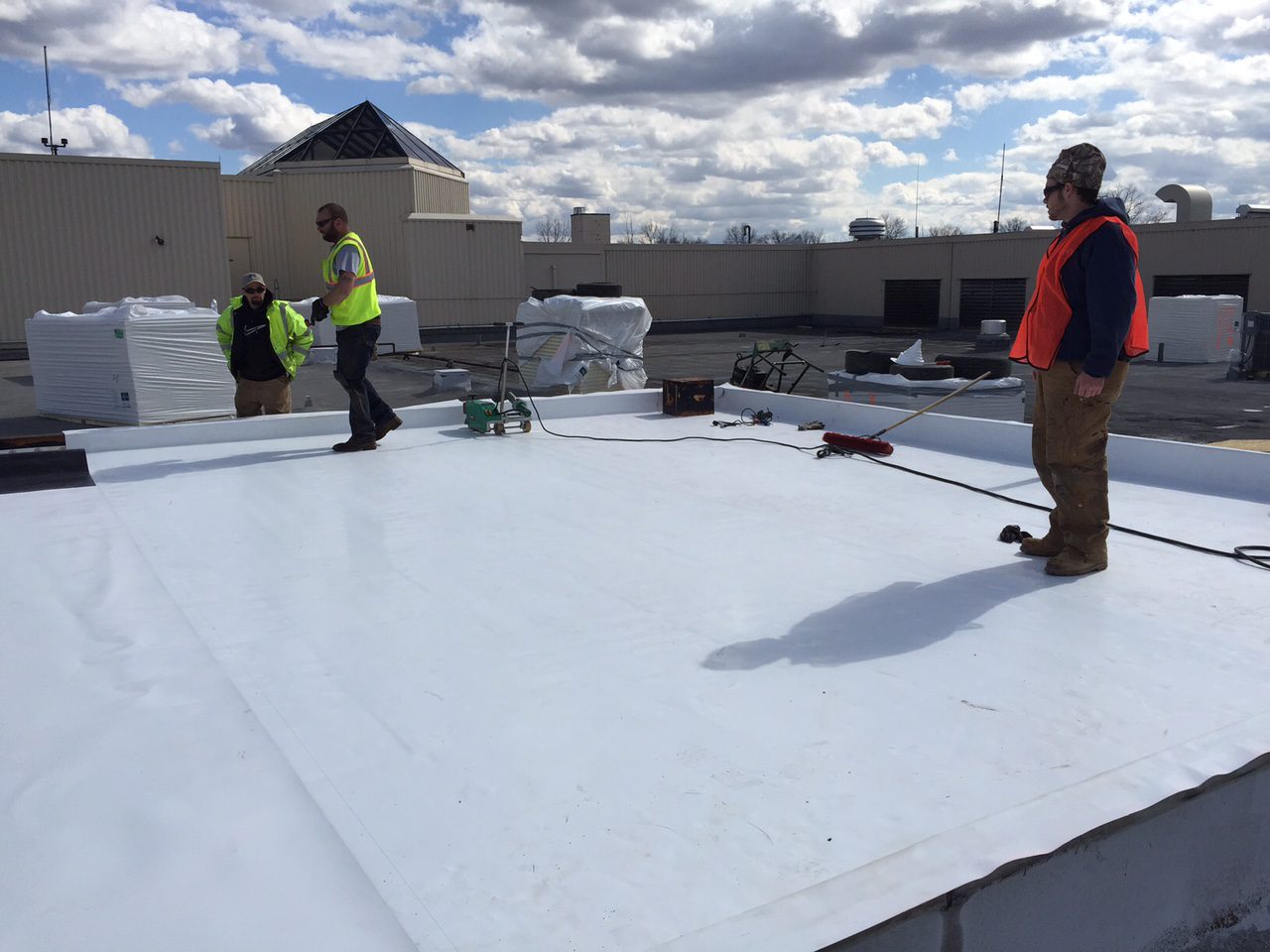
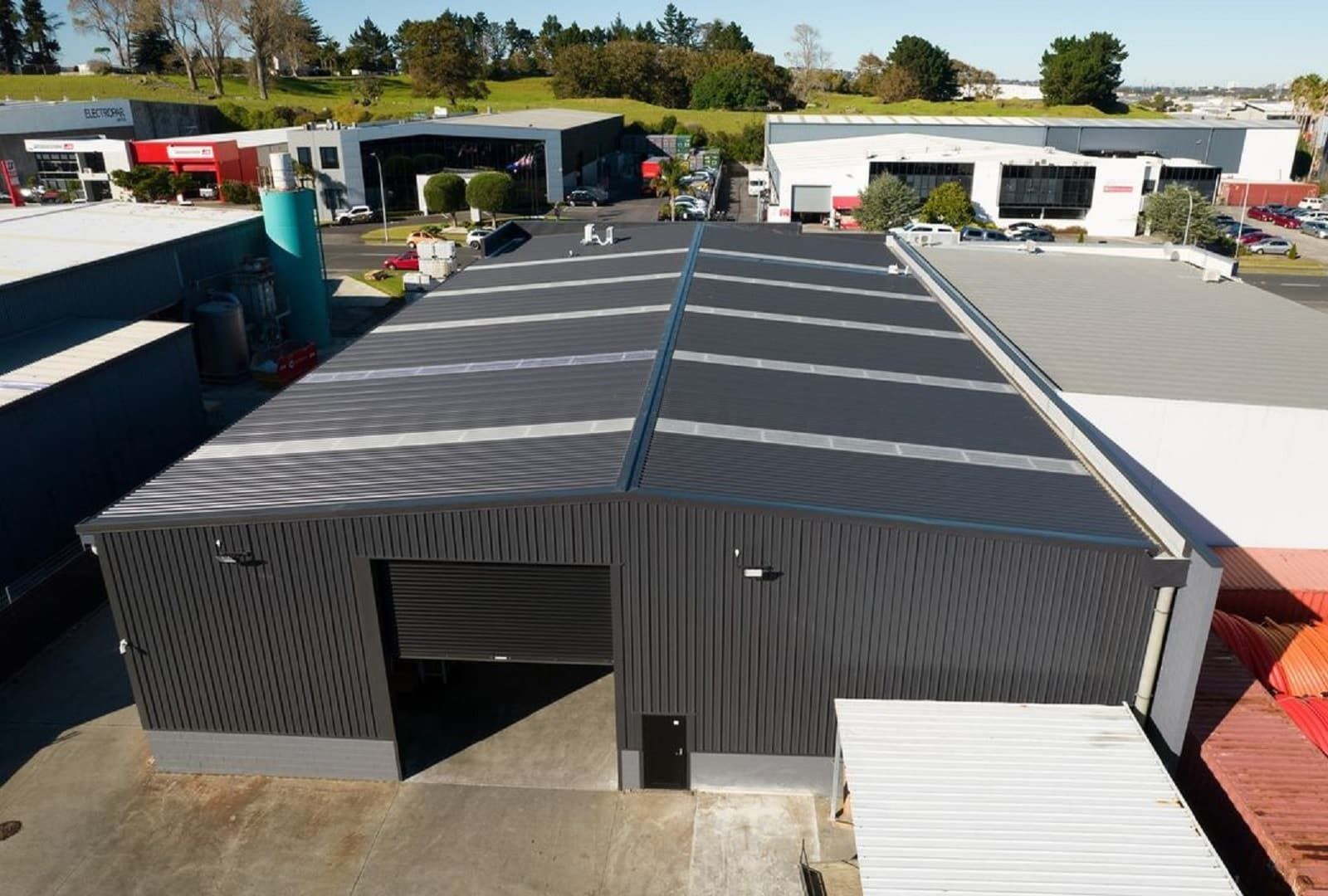
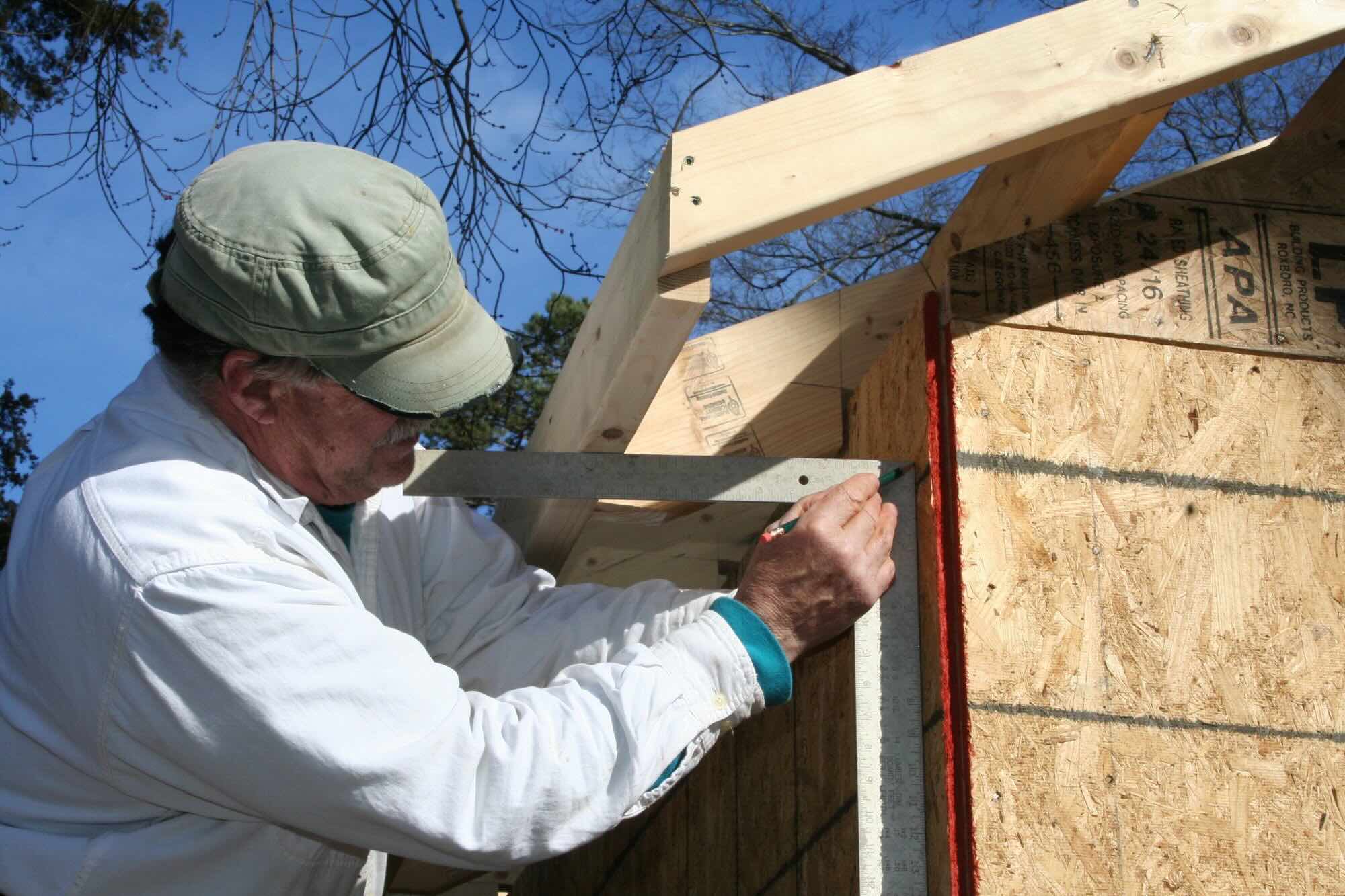
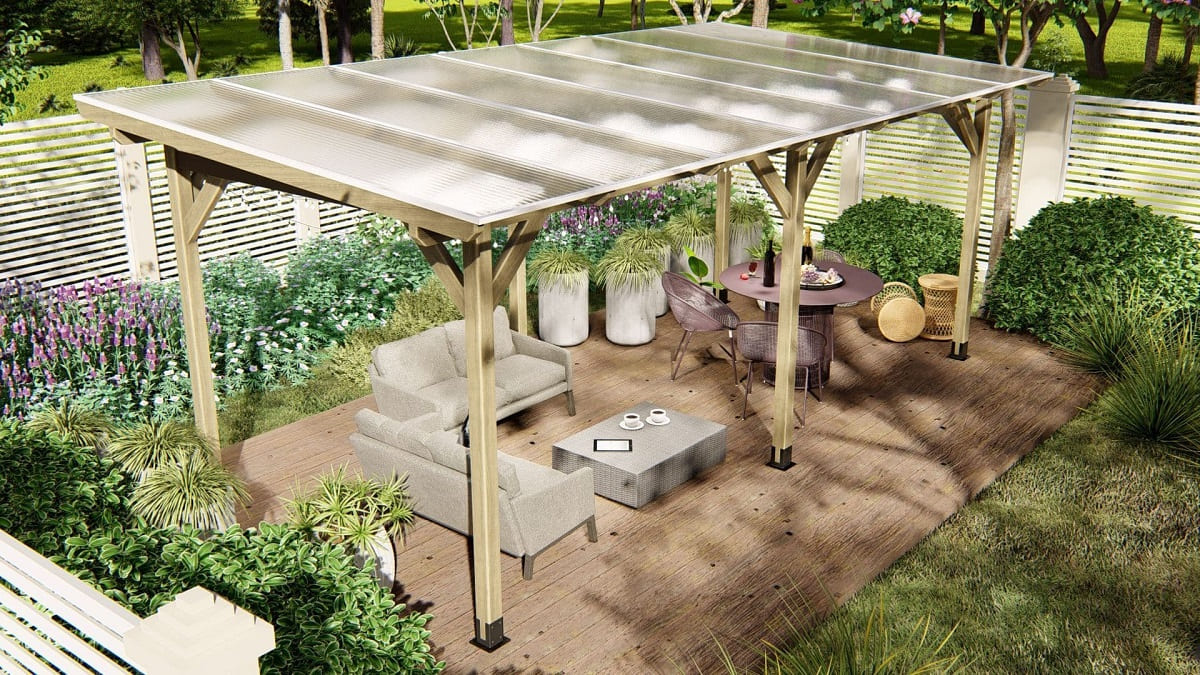

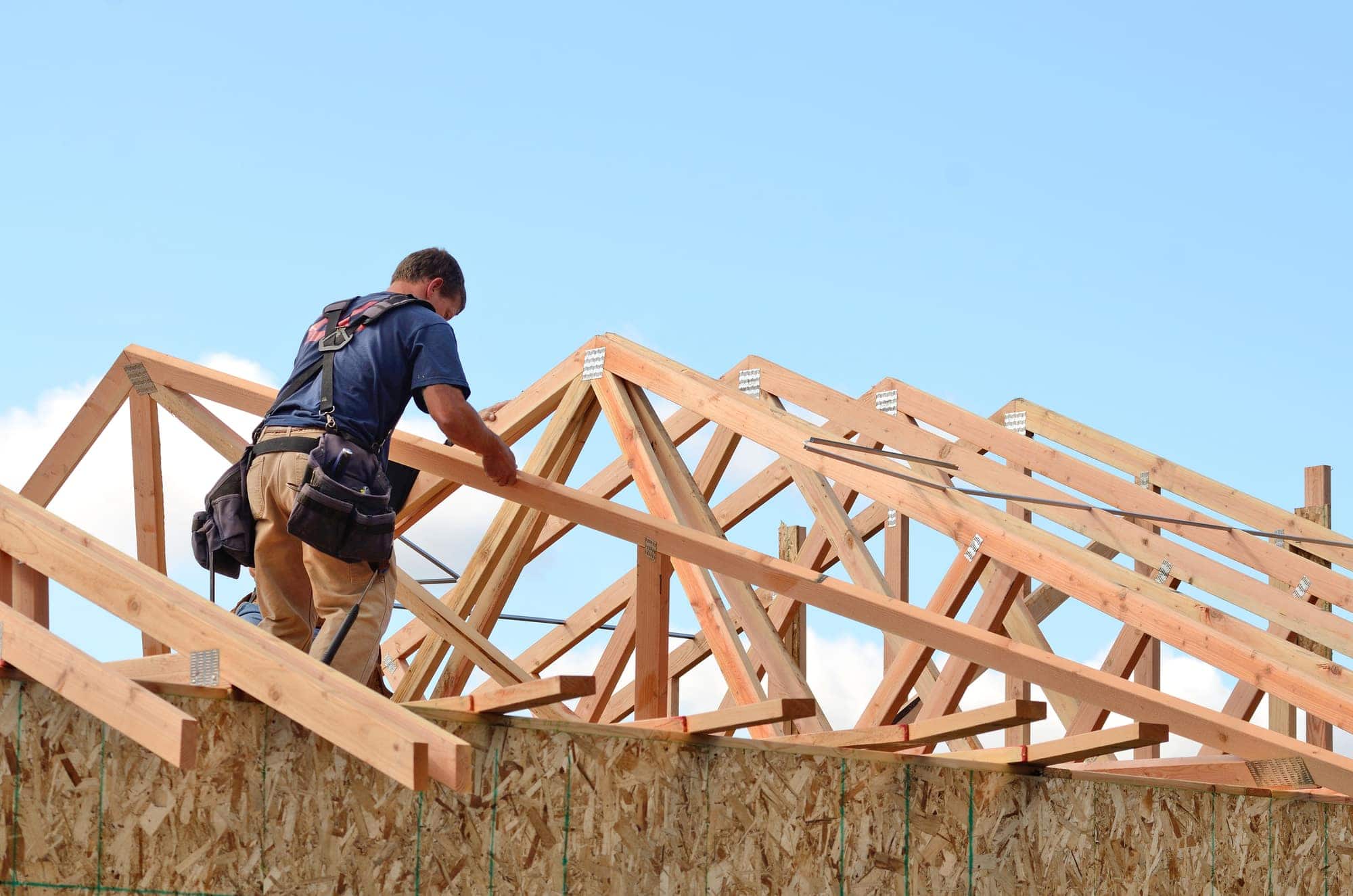
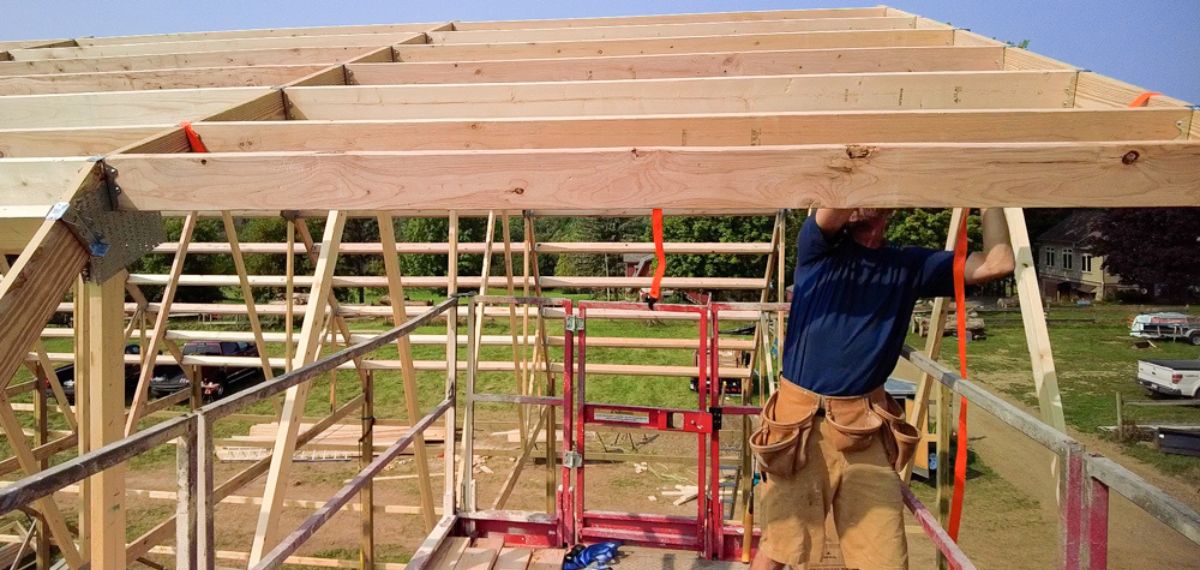
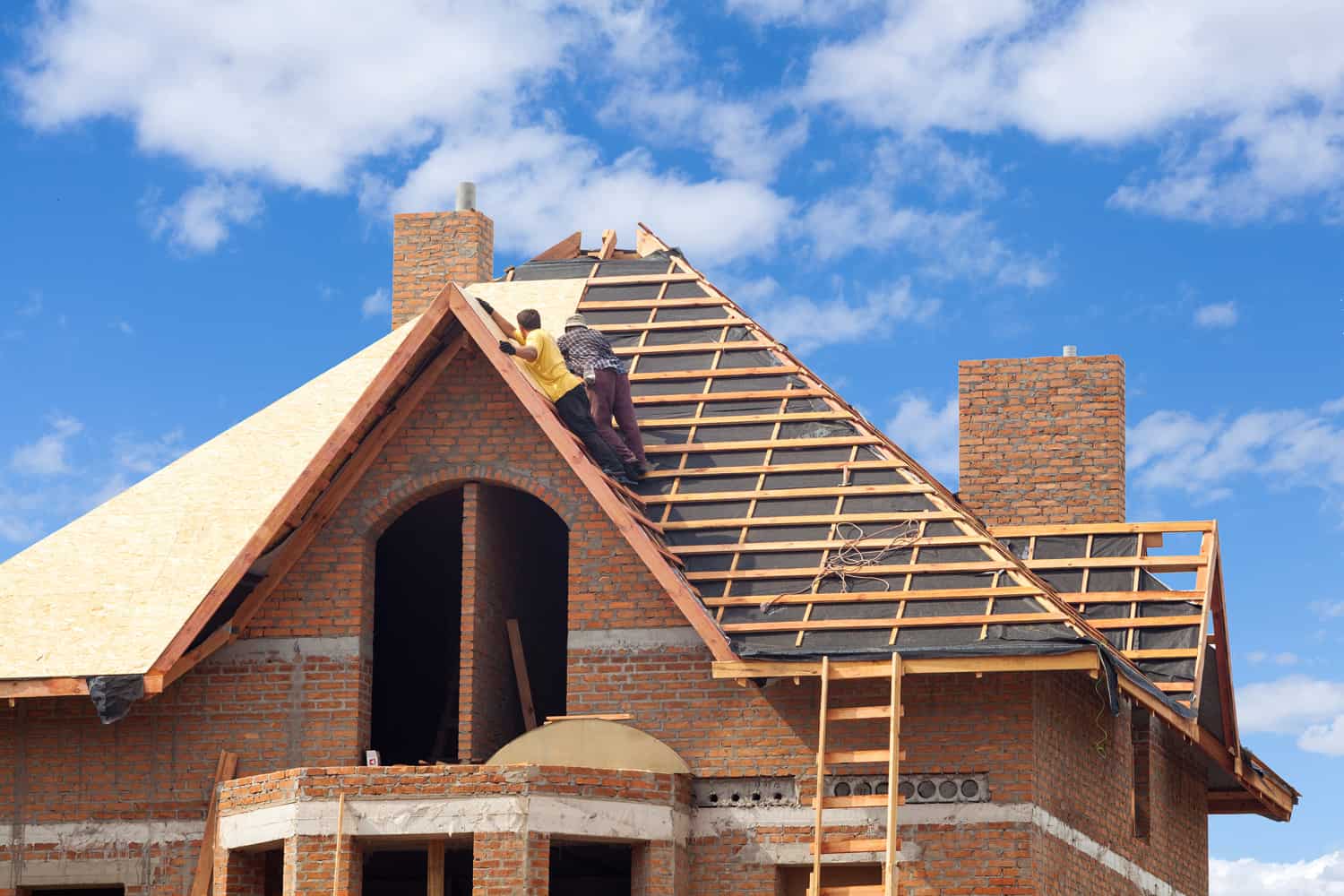

0 thoughts on “What Is A Thatched Roof”